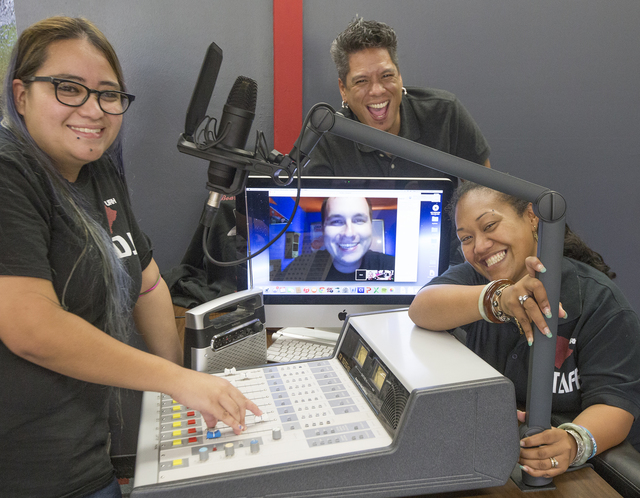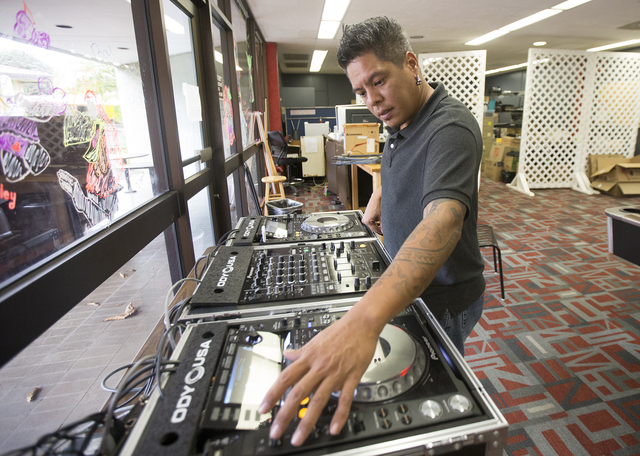At 7:20 p.m. on May 11, Jake Galves got a phone call from Kyle Douglas, a student at the University of Hawaii at Hilo. Turn on the radio, Douglas said. ADVERTISING At 7:20 p.m. on May 11, Jake Galves got
At 7:20 p.m. on May 11, Jake Galves got a phone call from Kyle Douglas, a student at the University of Hawaii at Hilo. Turn on the radio, Douglas said.
“I stopped cooking dinner and went out to the truck to listen,” Galves said. His kids, he joked, are still mad that he put dinner on pause. But for Galves, who is an adviser for the university radio station, getting a call from the station’s technical director meant food could wait.
And when Galves switched his dial to 101.1 FM, he was listening to history (and Ed Sheeran — the English singer’s “Don’t” was one of the first songs to come on). Though the university has had a student-run radio station for years, it has never had its own FM signal. Broadcasts have been online-only since 2002.
For a couple of years in University Radio Hilo’s early days, it was on AM airwaves, but the FM leap was “always kind of a mission or a goal for the organization,” Douglas said.
“Right now, we’re kind of in the testing phase,” he said. Since most of the students are away on summer break, an automated DJ provides the programming. A full lineup will return in the fall.
FM 101.1 is a low-power station, so in most locations it would have limited range. It’s currently broadcasting at 30 percent of what its license allows, but on the Big Island, 30 percent goes a long way.
“We’re only supposed to have five miles,” Galves said. “It depends on the day, the sun … I’ve gotten reception when I was 24 miles away from campus. I don’t think anybody realized how far it would go.”
“For me, it’s exciting to have something you’re so passionate about be able to reach everybody,” said senior Brenda Burch, station general manager. Burch joined the station as a DJ, and still hosts two shows: one that’s more talk-show format, one that plays oldies.
“A lot of my family who don’t really have Internet couldn’t hear my shows (before),” said program director Angie Nakamura, who, like Burch, is a senior. She’s already tuned the family car radios to 101.1.
Asked what types of shows URH hosted, Nakamura just laughed. Last year the station had 45 different DJs, with shows ranging from Vulcans sports analysis and marine updates to hip-hop and folk. Nakamura plays “random nerdy music,” on her show, including wizard rock, a genre she admitted “nobody’s heard of” (it features music oriented around the Harry Potter series).
But that’s the beauty of a college radio station, where anything goes as long as it’s within Federal Communications Commission guidelines and the university code of conduct. The station is funded by student fees, with assistance from grants and donations, and operates on a budget ranging from $60,000 to $70,000 per year depending on UH’s enrollment. The budget covers electrical and equipment costs as well as stipends for management, but all of the DJs are volunteers. For them, it’s a labor of love.
And at the university, the station is the only chance students get to learn the ins and outs of radio: there are no broadcast courses offered, although Galves said setting those up was another long-term goal.
Like the URH organization itself, the effort to land an FM signal was entirely student-run.
E-mail Ivy Ashe at iashe@hawaiitribune-herald.com.






